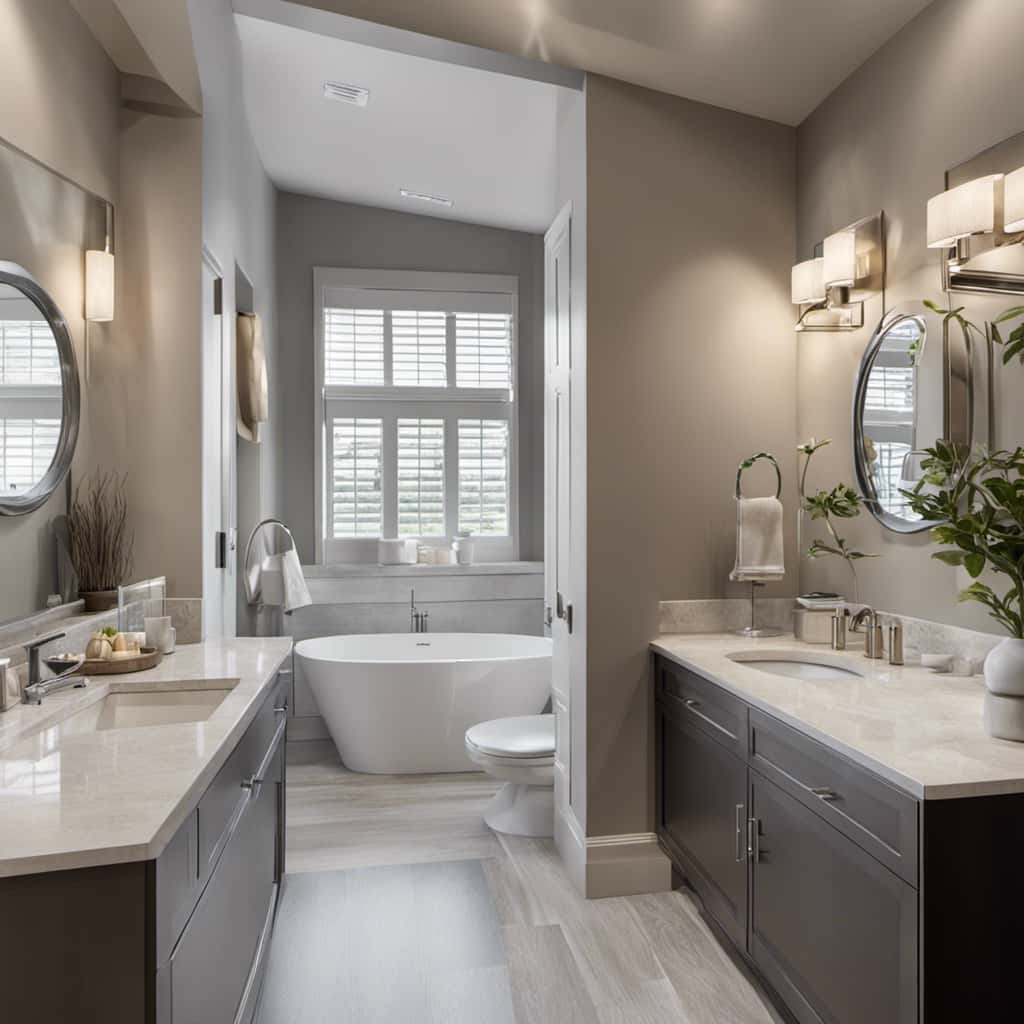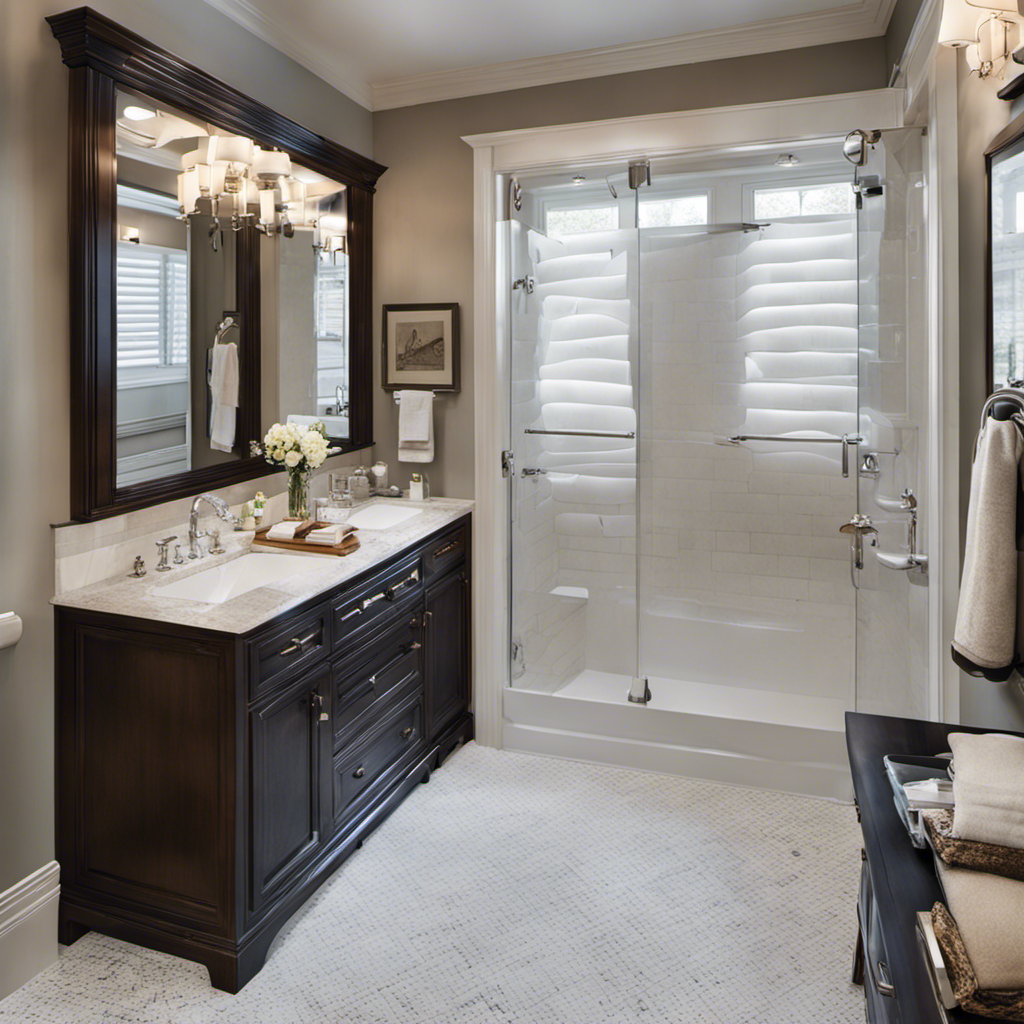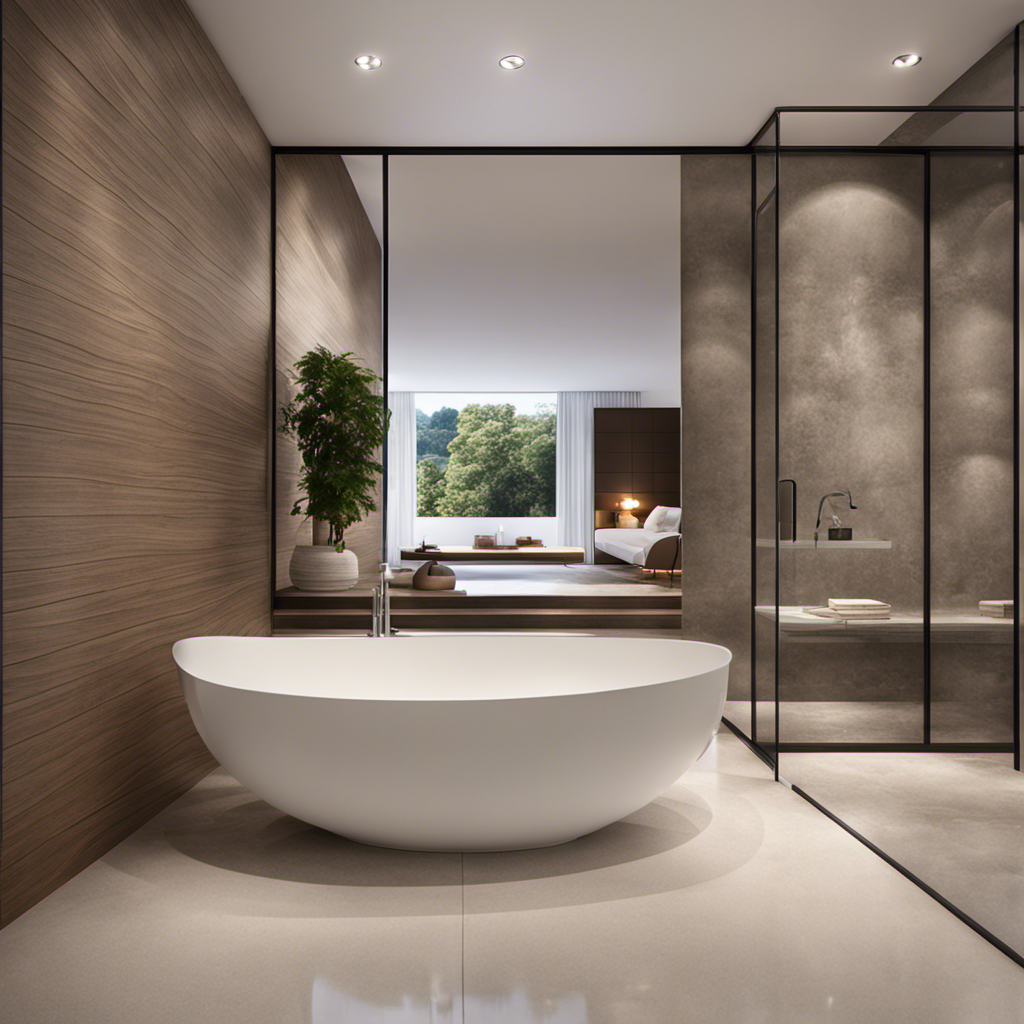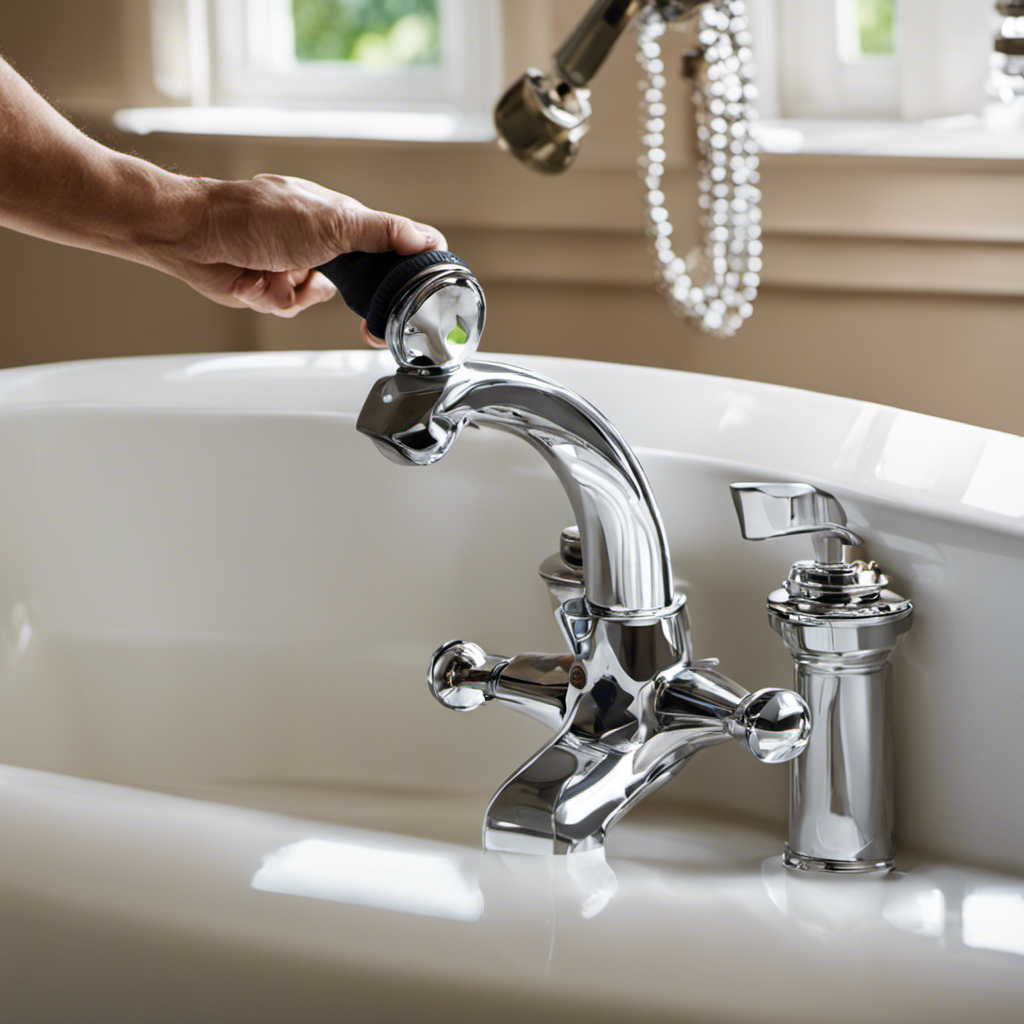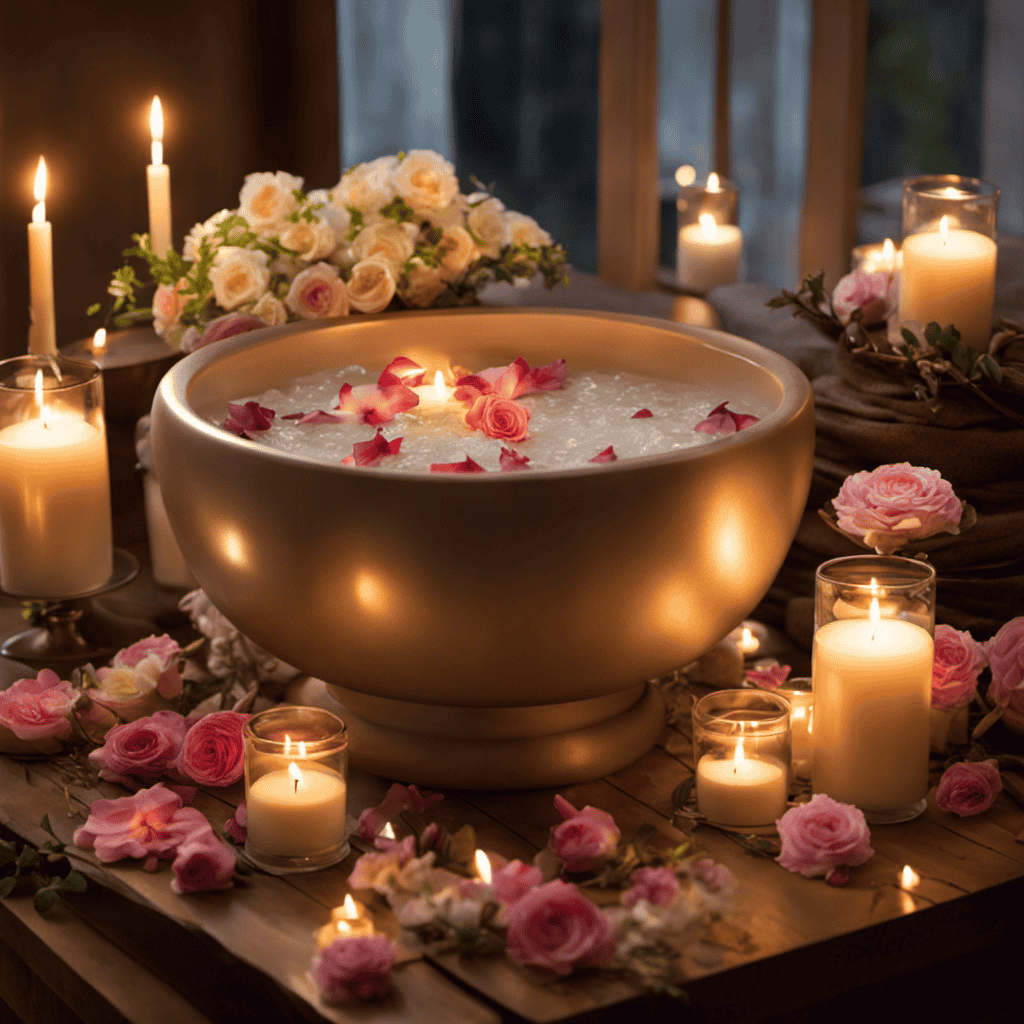So, you’re curious about the different kinds of toilets, huh? Well, look no further, because we’ve got you covered.
In this article, we’ll delve into the fascinating world of toilets and explore the various types that exist. From traditional flush toilets to waterless ones, bidet toilets to composting marvels, we’ll break it all down for you.
Get ready to master the art of toilet knowledge like never before.
Let’s get started!
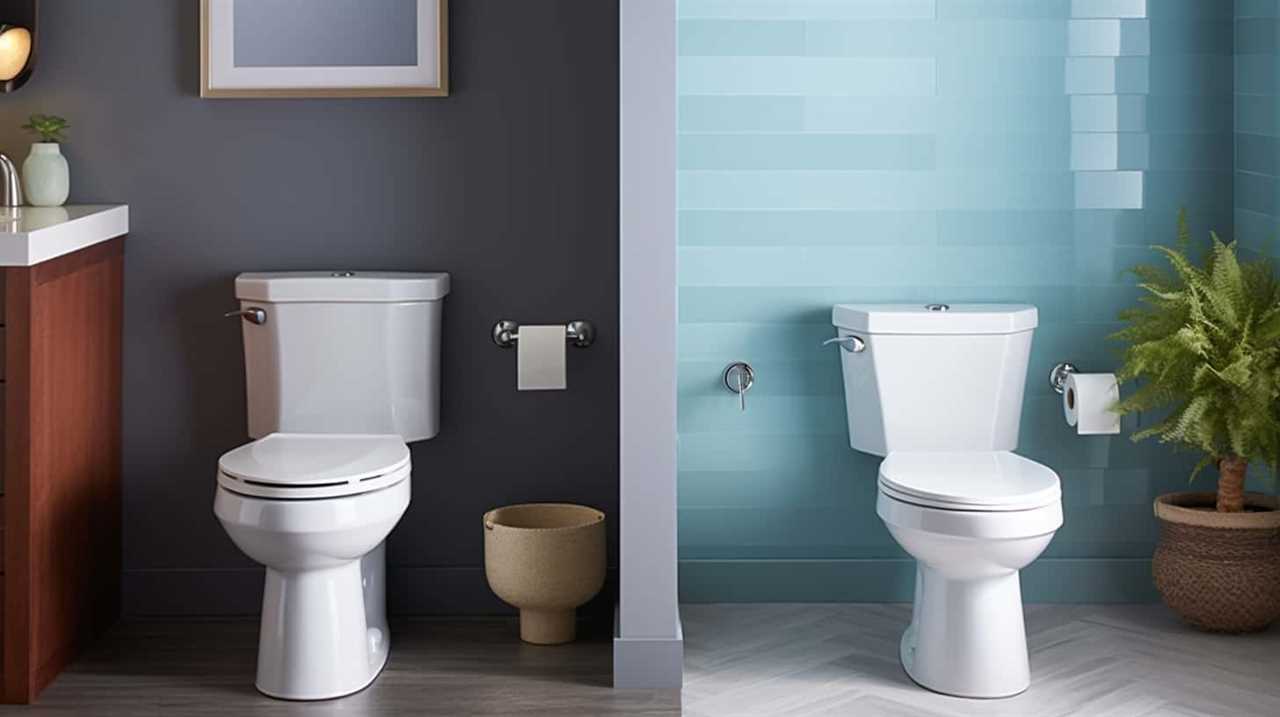
Key Takeaways
- Traditional flush toilets are the most commonly used type of toilets worldwide and have a variety of designs and flushing mechanisms.
- Dual flush toilets offer water-saving technology with two flush options, making them cost-effective and versatile.
- Waterless toilets are an eco-friendly alternative for waste disposal, offering low maintenance and water conservation benefits.
- Bidet toilets enhance hygiene and convenience with adjustable settings and the ability to reduce toilet paper consumption.
Traditional Flush Toilets
Traditional flush toilets are the most commonly used type of toilets in households worldwide. They come in a variety of designs and feature different flushing mechanisms.
The basic design of a traditional flush toilet consists of a bowl, a water tank, and a flushing mechanism. The bowl is designed to hold and drain waste, while the water tank holds the water used for flushing. The flushing mechanism, typically a lever or button, releases the water from the tank into the bowl, effectively flushing away the waste.
This mechanism is often gravity-fed, relying on the force of water to create the necessary pressure for flushing. However, some traditional flush toilets may also incorporate pressure-assisted flushing mechanisms for a more powerful flush.
Transitioning to the subsequent section about ‘dual flush toilets’, let’s explore how these toilets provide more water efficiency.
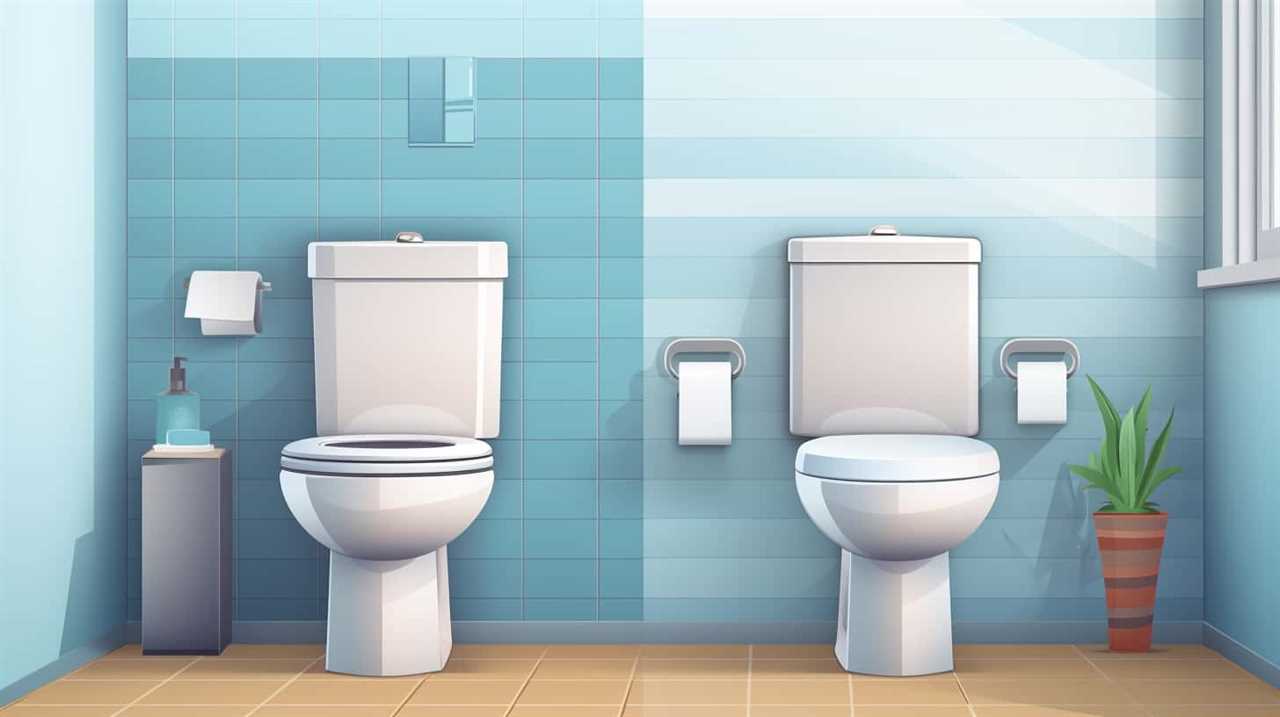
Dual Flush Toilets
Moving on to the next kind of toilet, let’s explore the benefits and features of dual flush toilets. Dual flush toilets are equipped with water-saving technology, allowing users to choose between two different flush options depending on the waste type. By providing a "half flush" for liquid waste and a "full flush" for solid waste, these toilets help conserve water and minimize the environmental impact.
Below is a table summarizing the advantages of dual flush toilets:
| Benefits | Features | Environmental Impact |
|---|---|---|
| Water-saving | Two flush options | Reduces water usage |
| Cost-effective | Efficient flushing mechanism | Decreases water bills |
| Hygienic | Easy to use and maintain | Minimizes wastewater pollution |
| Versatile | Stylish and modern design | Supports sustainable living |
| Long-lasting | Durable construction | Promotes eco-friendly practices |
Dual flush toilets are an excellent choice for those seeking to save water and reduce their environmental footprint. With their innovative design and water-saving technology, they offer both practicality and sustainability.
Waterless Toilets
Continuing our exploration of toilet options, let’s now delve into the topic of waterless toilets, which offer an alternative solution for waste disposal. Here are four key points to consider when thinking about waterless toilets:
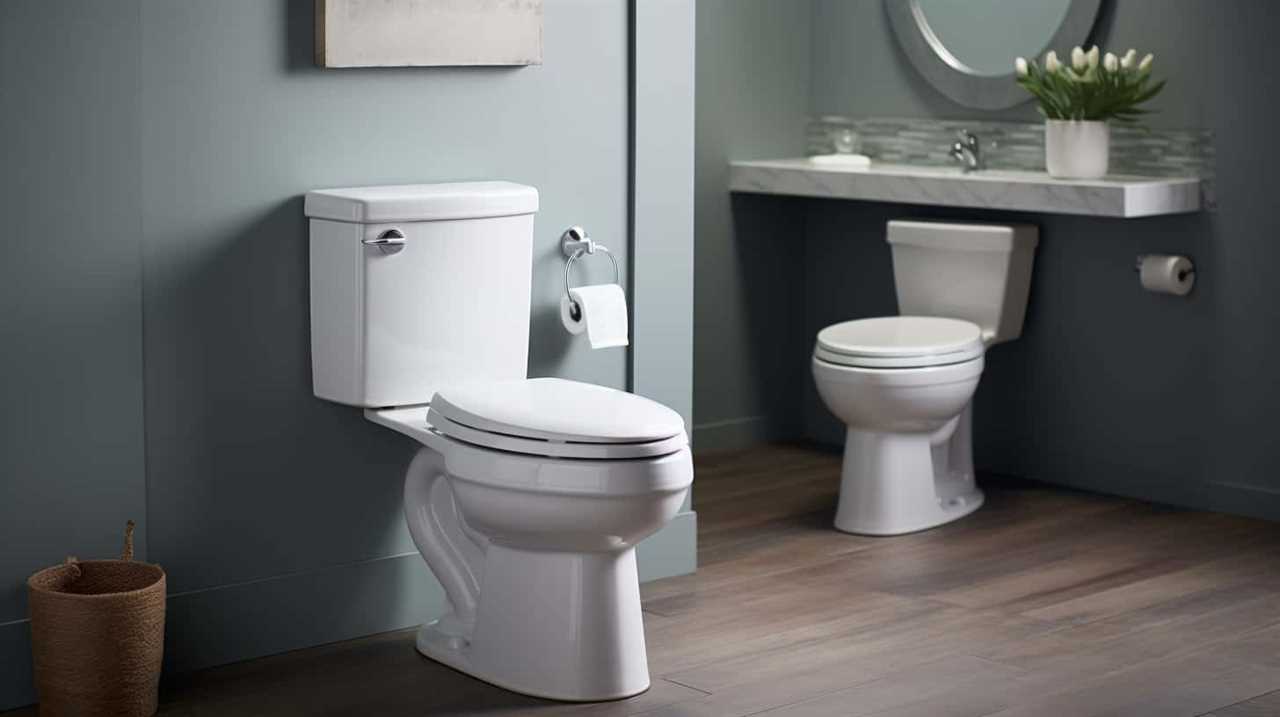
- Benefits of waterless toilets:
- Eco-friendly: They conserve water by eliminating the need for flushing.
- Cost-effective: With no water consumption, utility bills decrease.
- Odor control: Advanced ventilation systems prevent unpleasant smells.
- Versatility: Waterless toilets can be installed in remote areas without access to water sources.
- Pros of using waterless toilets:
- Low maintenance: No need for plumbing or water supply connections.
- Easy installation: They can be set up quickly and with minimal effort.
- Water conservation: They contribute to sustainable living by reducing water usage.
- Independence: Waterless toilets provide self-sufficiency in areas with limited water resources.
- Cons of using waterless toilets:
- Initial cost: The upfront investment can be higher compared to traditional toilets.
- Learning curve: Users may need time to adapt to the absence of flushing.
- Waste disposal: Proper handling and management of waste is essential.
- Limited capacity: Waterless toilets may have smaller holding tanks, requiring more frequent emptying.
- Conclusion:
Waterless toilets offer numerous benefits, including water conservation, cost savings, and versatility. Despite some initial drawbacks, their eco-friendliness and ease of installation make them an attractive option for those seeking sustainable waste disposal solutions.
Bidet Toilets
Now let’s move on to discussing the benefits of bidet toilets, which offer enhanced hygiene and convenience for users.
Bidet toilets are equipped with a range of features that contribute to their advantages. One key feature is the built-in bidet nozzle, which sprays a gentle stream of water for cleaning purposes. This eliminates the need for toilet paper and reduces the risk of irritation or infection.
Additionally, bidet toilets often come with adjustable water temperature and pressure settings, providing users with a customized and comfortable experience. Another benefit is the integrated drying function, which ensures thorough cleanliness and eliminates the need for towels.
Bidet toilets also promote sustainability, as they significantly reduce the consumption of toilet paper.
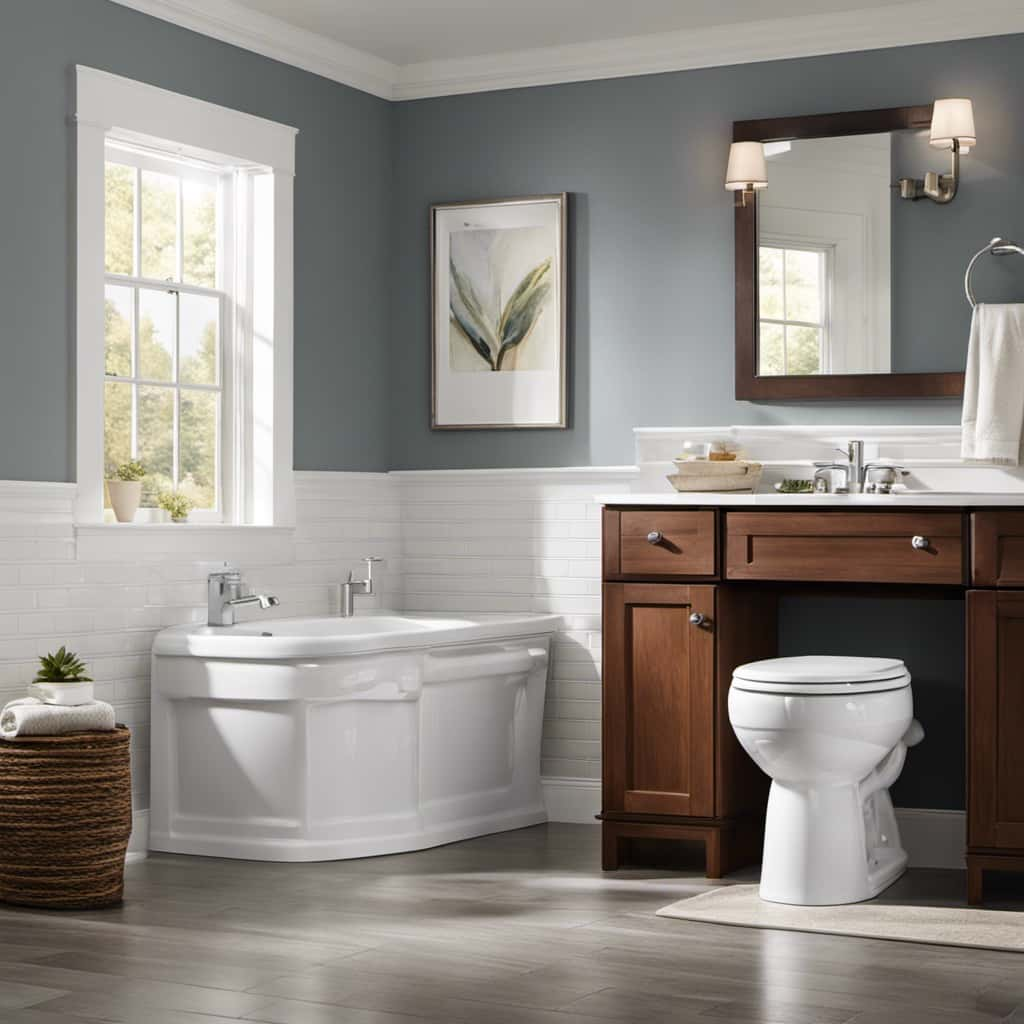
Composting Toilets
Let’s delve into the benefits of composting toilets, which offer an eco-friendly and sustainable alternative for waste disposal. Here are four advantages and disadvantages of composting toilets:
Advantages:
- Environmentally friendly: Composting toilets use natural processes to break down waste, reducing water usage and eliminating the need for harmful chemicals.
- Nutrient-rich compost: The resulting compost can be used as a valuable fertilizer for gardens, promoting soil health and reducing the need for synthetic fertilizers.
- Off-grid capabilities: Composting toilets can be installed in remote locations without access to water or sewage systems, making them ideal for off-grid living or camping.
- Cost-effective: With no need for plumbing or sewage connections, composting toilets can save on installation and maintenance costs in the long run.
Disadvantages:
- Odor control: Proper maintenance and ventilation are essential to prevent unpleasant odors from accumulating.
- Learning curve: Using a composting toilet requires a learning curve and understanding of the composting process.
- Capacity limitations: Composting toilets have limited storage capacity and may require regular emptying or additional composting bins.
- Regulatory restrictions: Some areas have regulations or restrictions on the use of composting toilets, limiting their widespread adoption.
Composting toilets offer numerous benefits, but it’s essential to consider the disadvantages before deciding if they’re the right choice for your waste disposal needs.
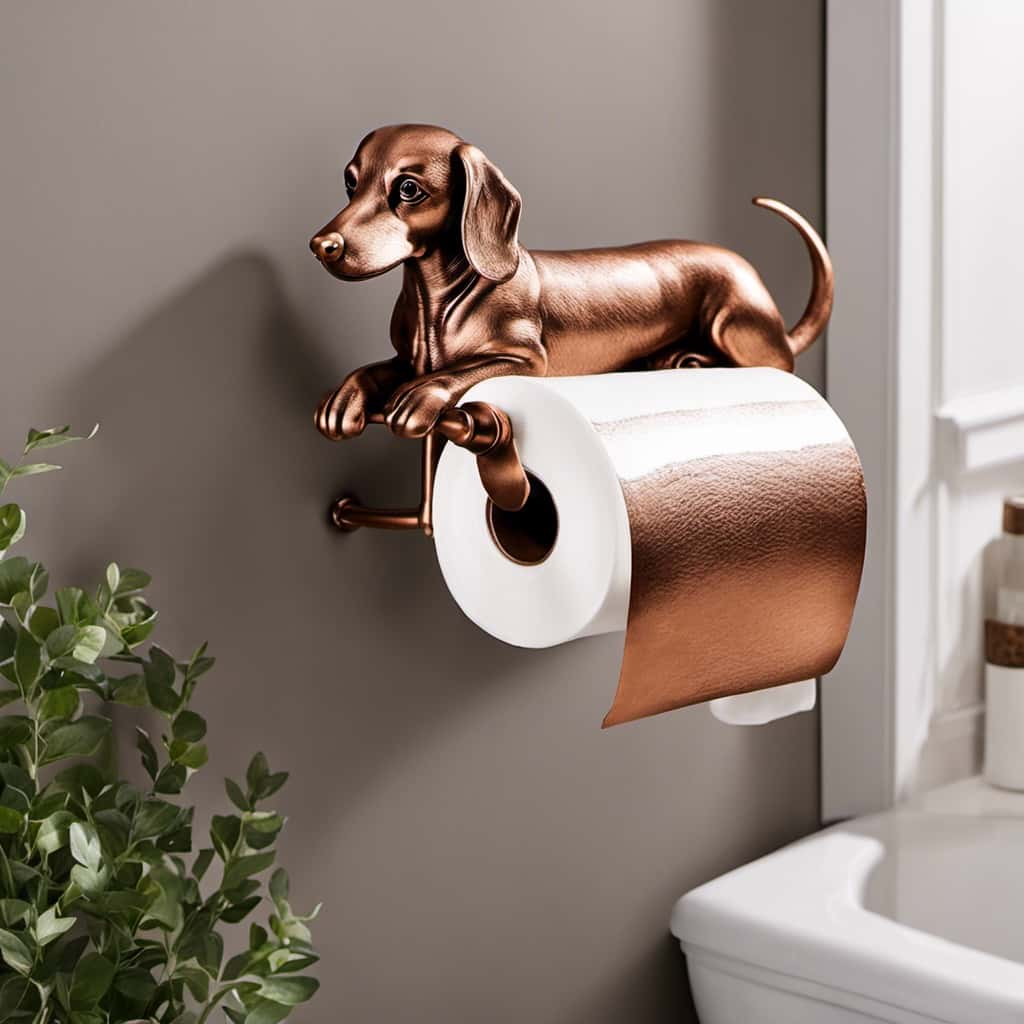
Frequently Asked Questions
Are There Any Health Risks Associated With Using Bidet Toilets?
There are no significant health risks associated with using bidet toilets. In fact, bidets offer numerous health benefits such as improved cleanliness and reduced risk of infections. Additionally, bidets have a positive environmental impact by reducing toilet paper waste.
Can Waterless Toilets Be Used in Areas With Limited Water Supply?
Waterless toilets are innovative alternatives that conserve water and can be used in areas with limited water supply. They offer numerous benefits, including reduced water usage, lower maintenance costs, and decreased environmental impact.
How Do Composting Toilets Manage Waste Without Causing Odor?
Composting toilets efficiently manage waste by utilizing natural decomposition processes, preventing odor through proper ventilation and a balance of carbon and nitrogen-rich materials. These waste management techniques reduce health risks and are particularly advantageous in water-scarce areas.
Are Dual Flush Toilets More Expensive to Install Compared to Traditional Flush Toilets?
Dual flush toilets, compared to traditional flush toilets, may have a higher installation cost due to their advanced features. However, their efficiency in water usage can lead to long-term cost savings and a reduced environmental impact.
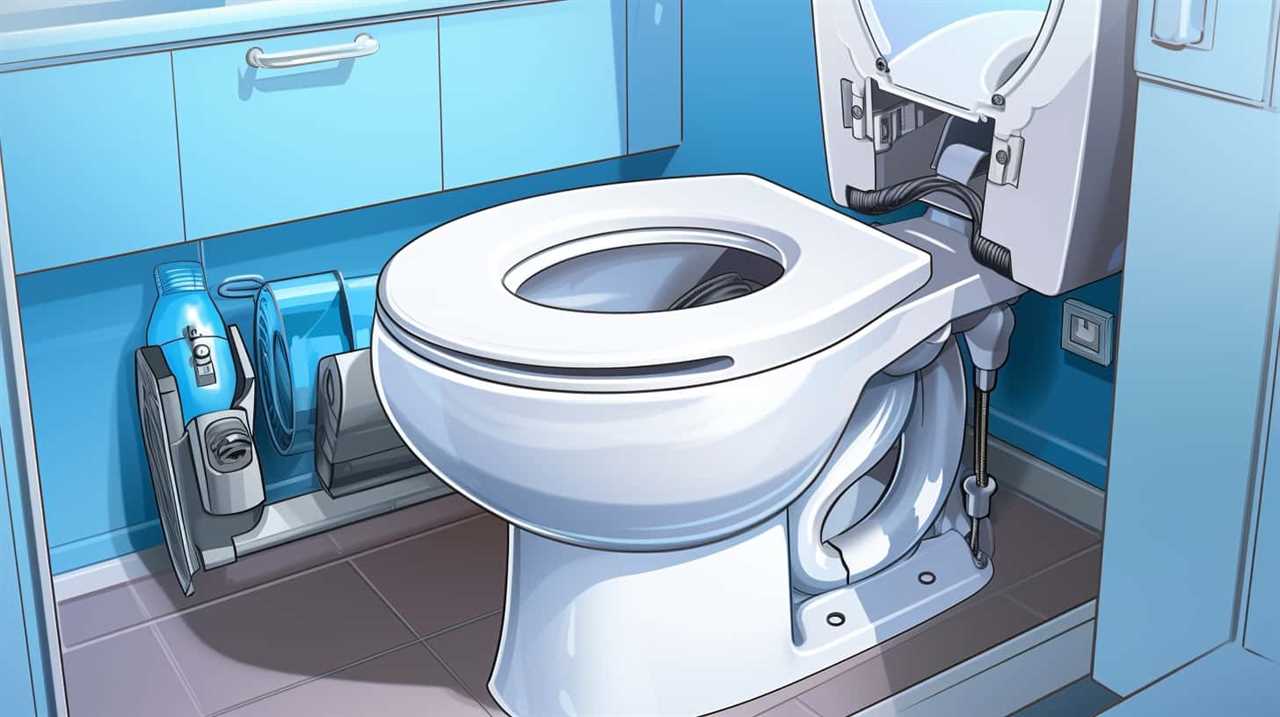
What Is the Average Lifespan of a Traditional Flush Toilet?
On average, the lifespan of a traditional flush toilet is around 20 years. However, it’s important to note that as they age, traditional toilets can develop leaks and cracks, leading to potential health risks.
Conclusion
Ultimately, when it comes to toilets, there are various options available to suit different needs and preferences.
From traditional flush toilets to dual flush toilets, waterless toilets, bidet toilets, and composting toilets, each type offers its own unique advantages.
Whether saving water, promoting hygiene, or embracing sustainability, individuals can make an informed choice based on their specific requirements.
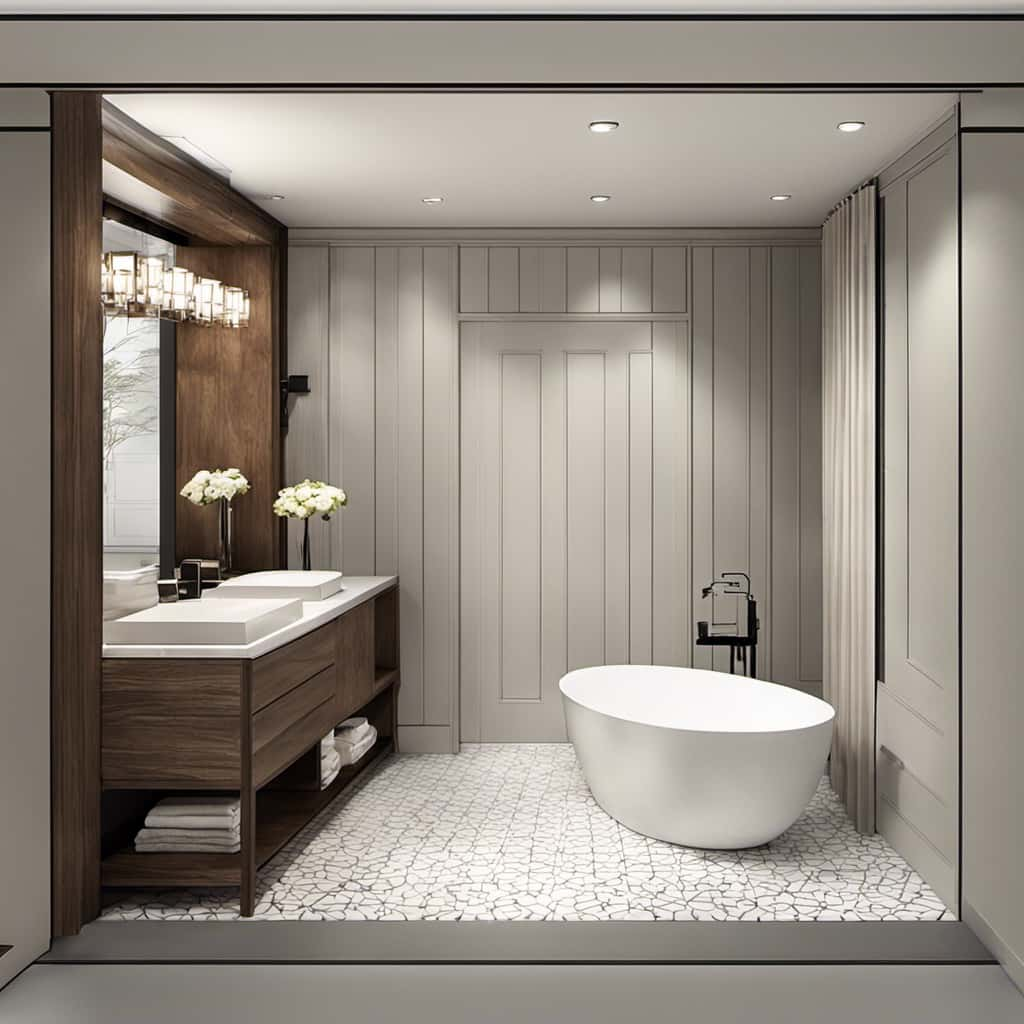
So, select your preferred porcelain palace and plunge into a more personalized and planet-friendly potty experience.
